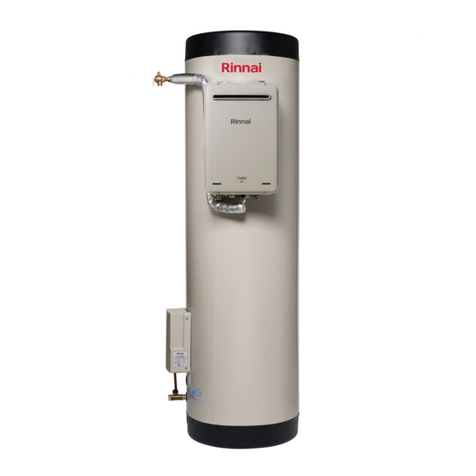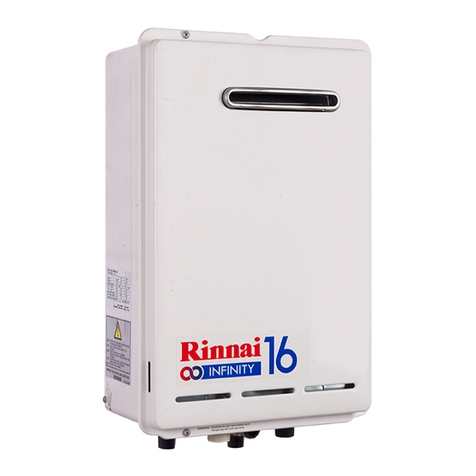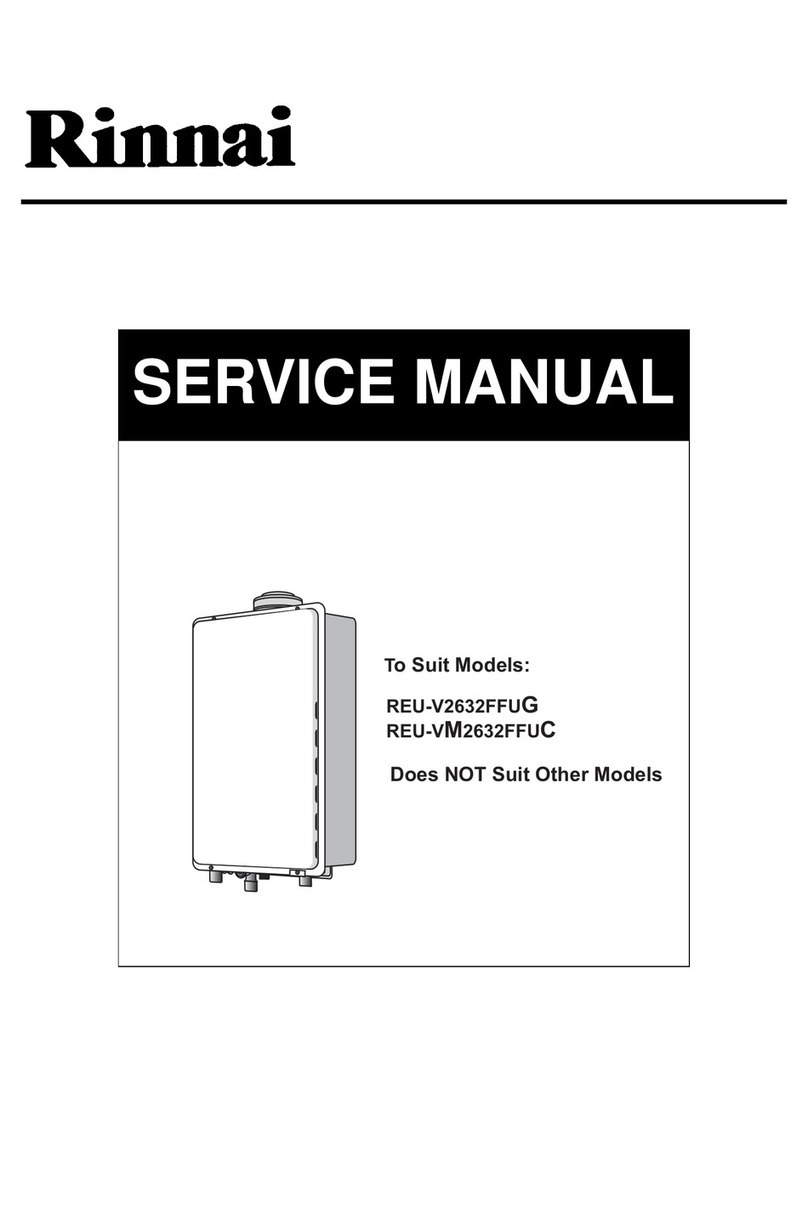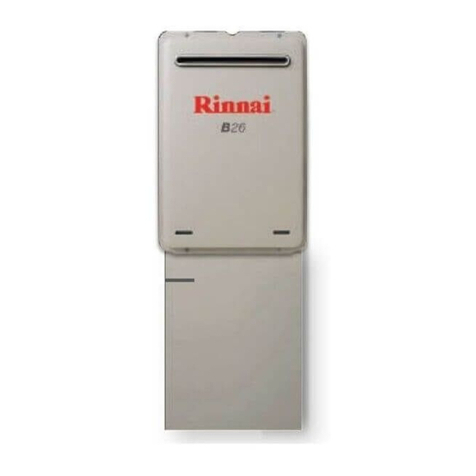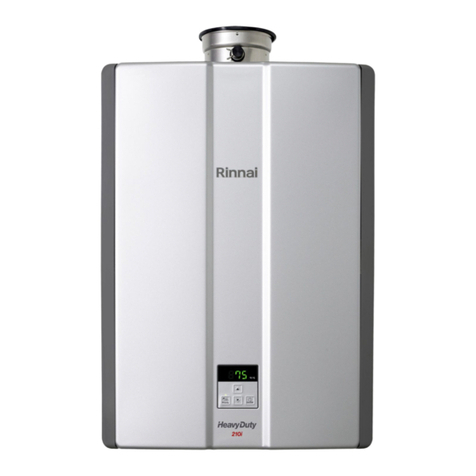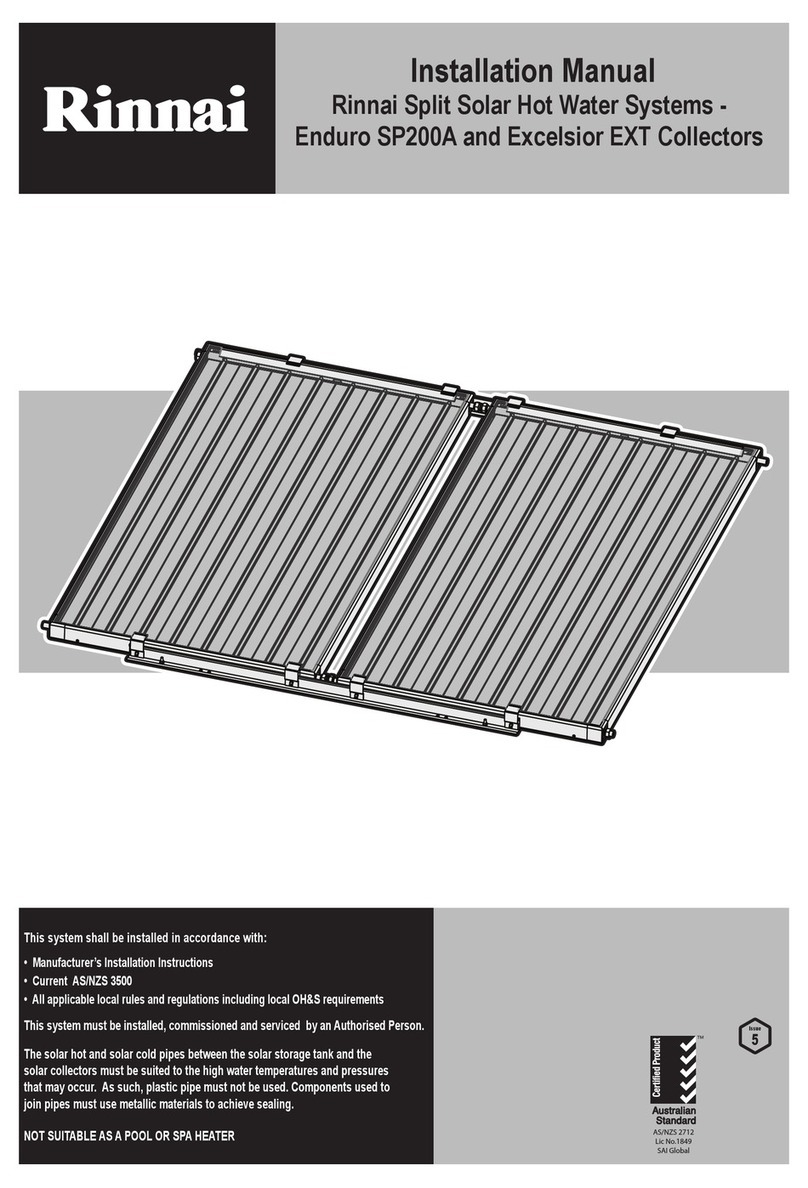Rinnai E-Frost User manual
Other Rinnai Water System manuals
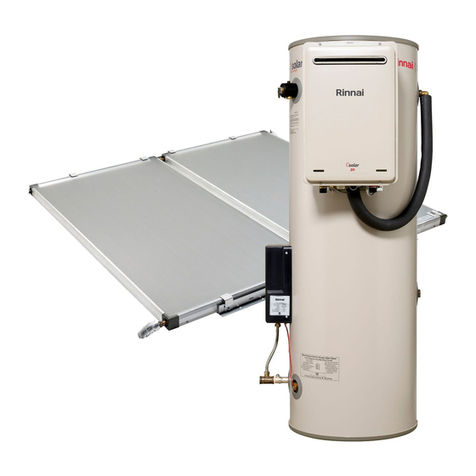
Rinnai
Rinnai PRESTIGE User manual

Rinnai
Rinnai PRESTIGE User manual
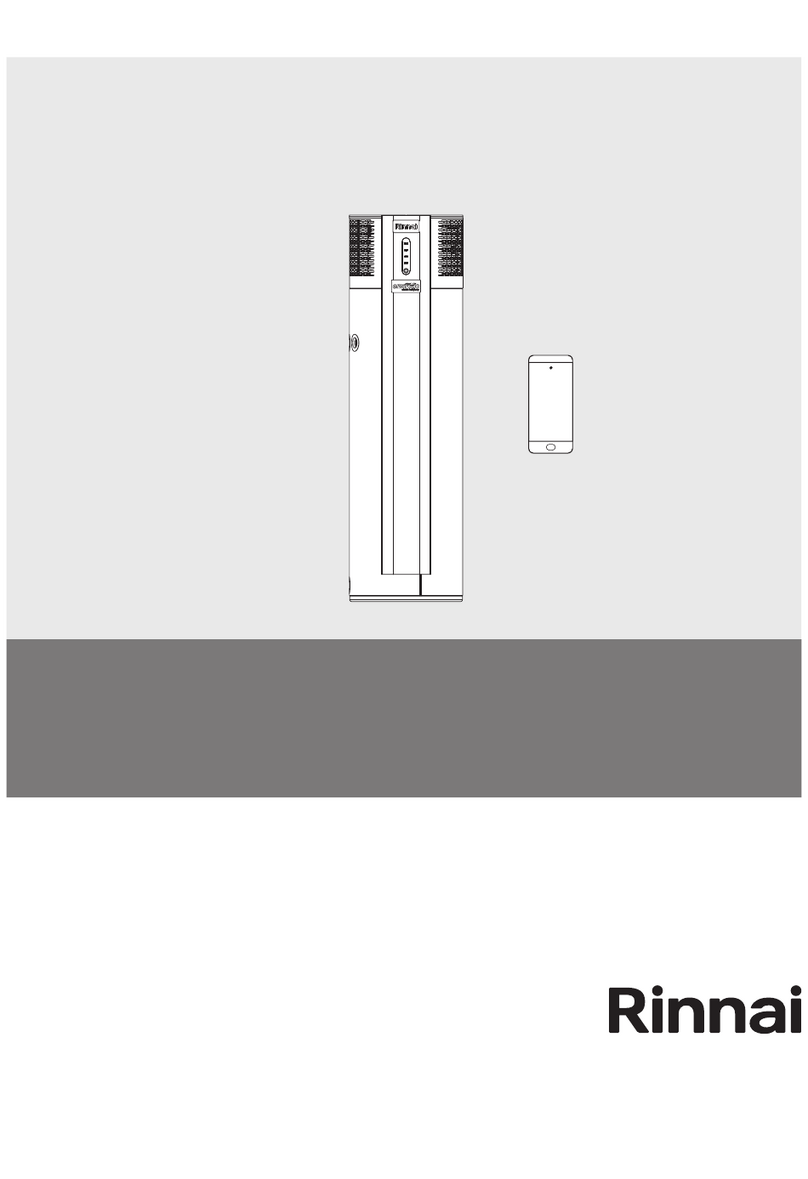
Rinnai
Rinnai EHPA250VMAH User manual

Rinnai
Rinnai PRESTIGE User manual

Rinnai
Rinnai SG2152HP User manual
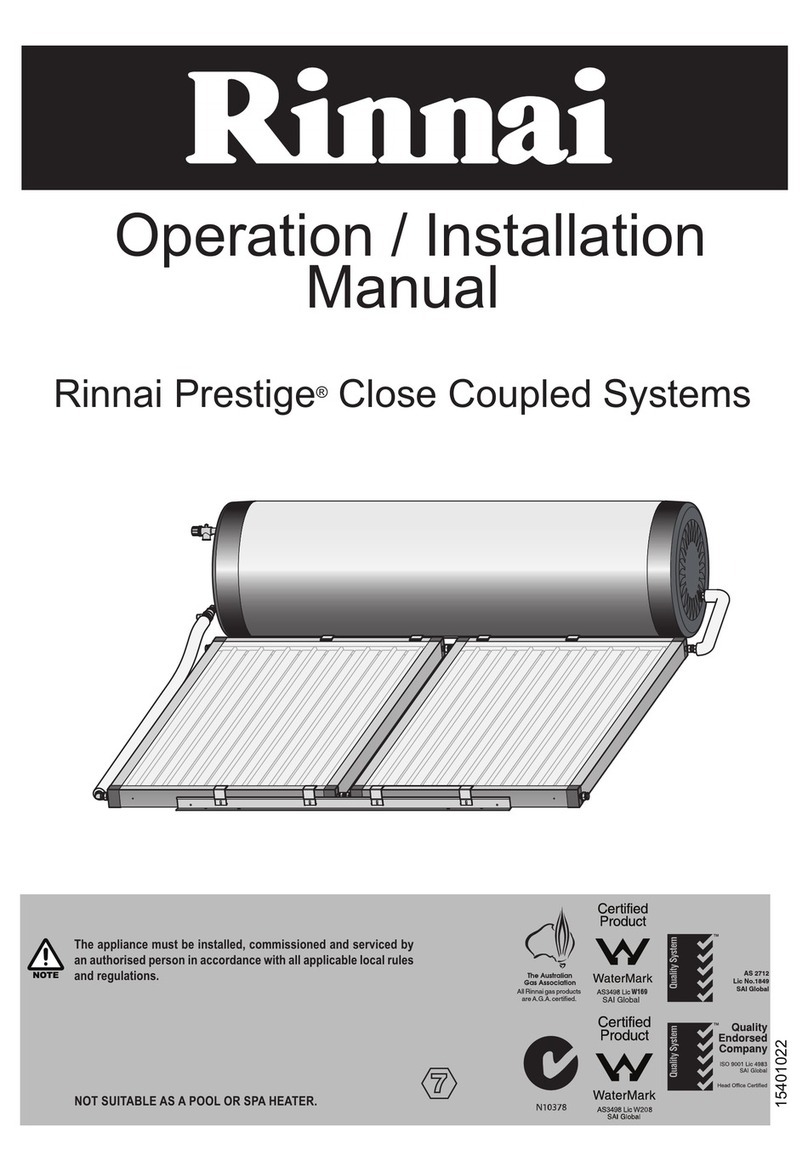
Rinnai
Rinnai Prestige Close Coupled Systems User manual
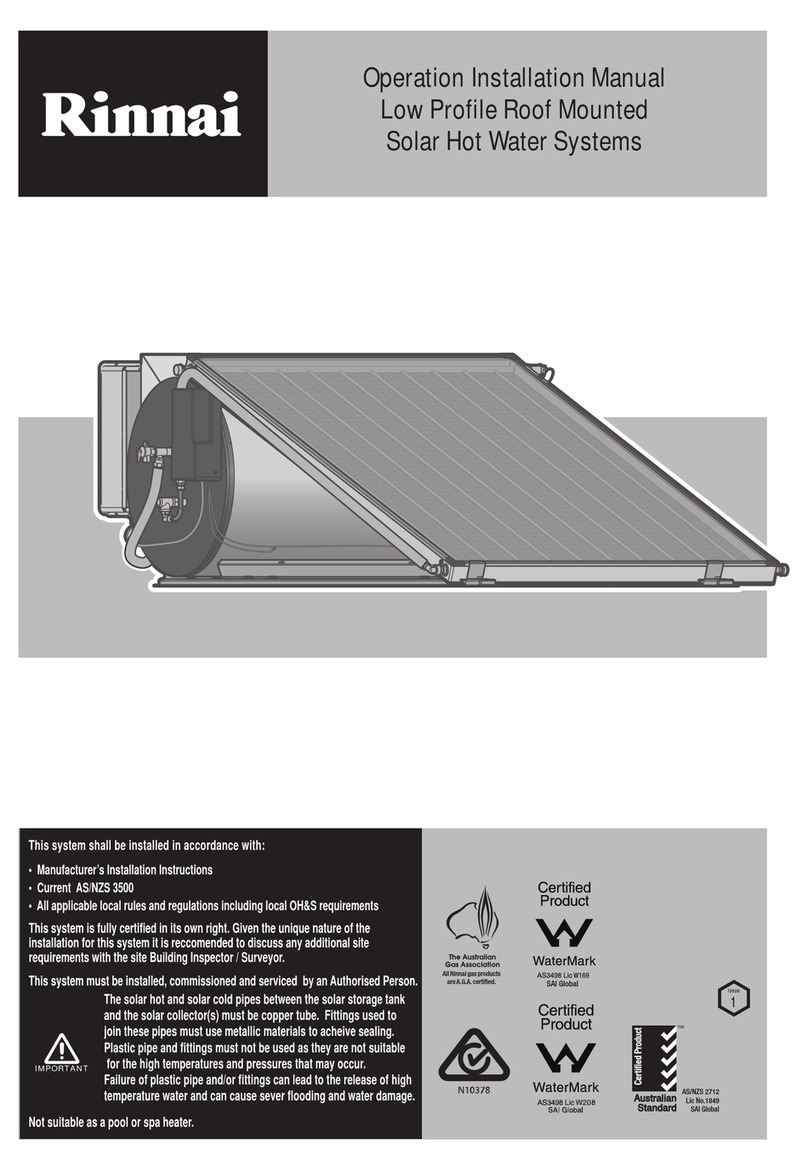
Rinnai
Rinnai Enduro XL SP250B User manual
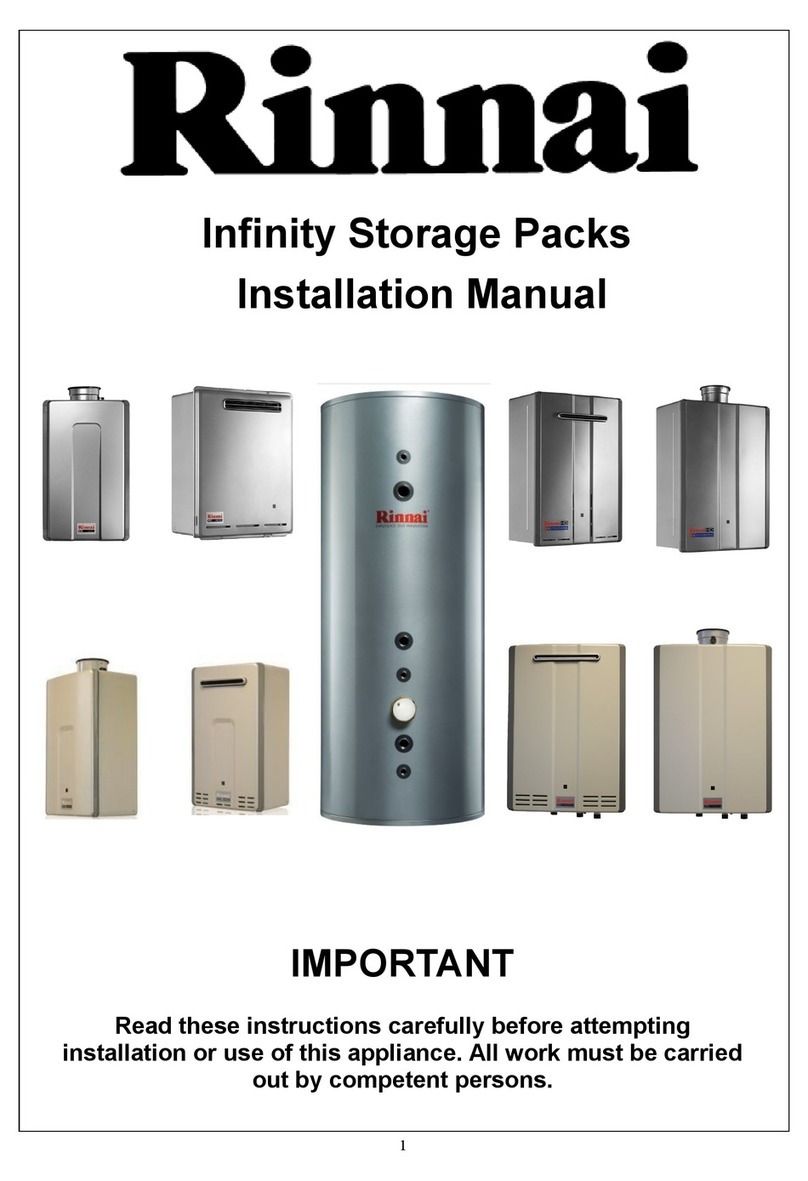
Rinnai
Rinnai Infinity Series User manual
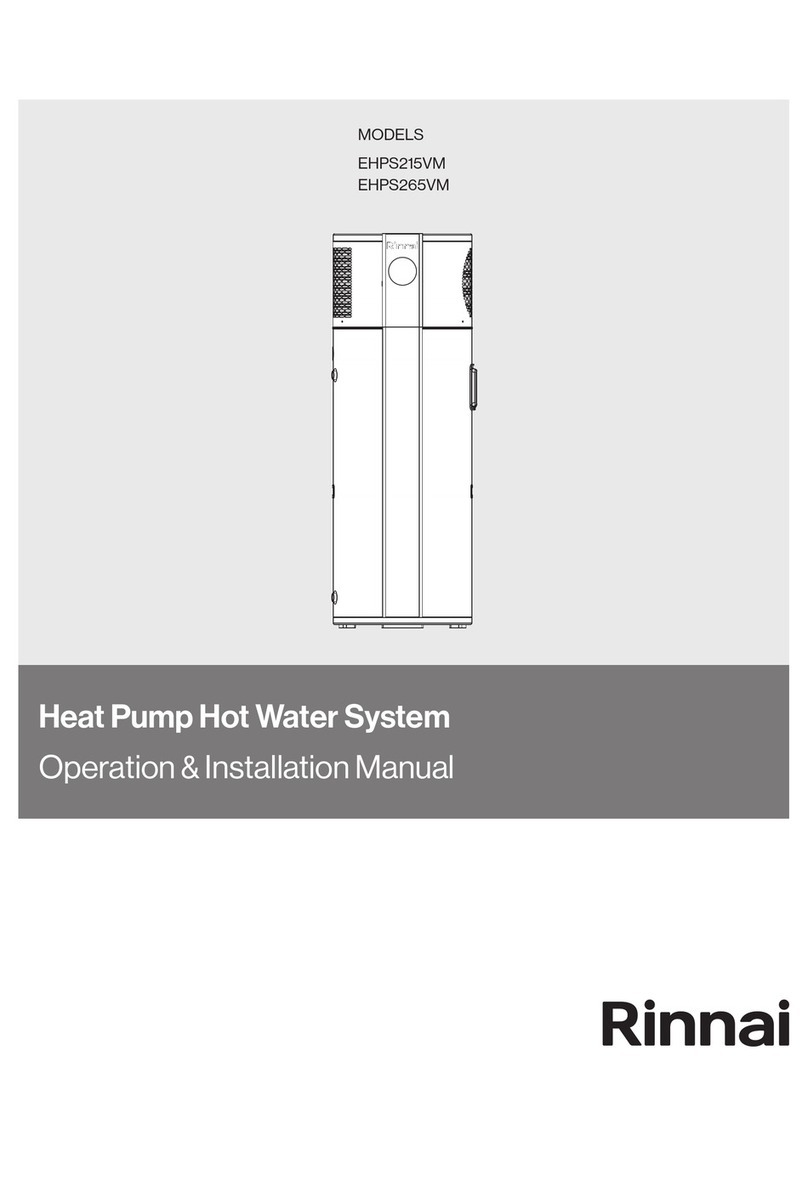
Rinnai
Rinnai EHPS215VM User manual
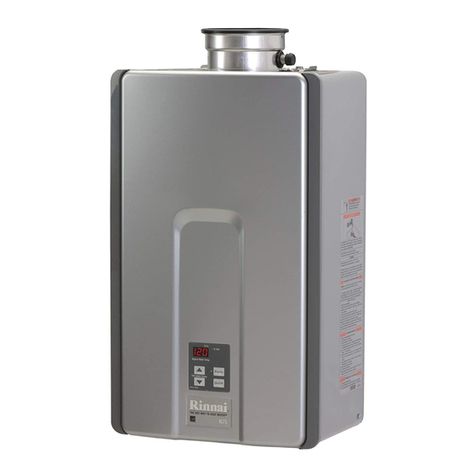
Rinnai
Rinnai Circ-Logic Series User manual
Popular Water System manuals by other brands

Accu-Tab
Accu-Tab PowerBase 3070AT Installation and operating instructions

Energy Plus
Energy Plus VTS30HP Manual of installation and use

Spirotech
Spirotech SPIROVENT SUPERIOR S250 user manual

Culligan
Culligan Aqua-Cleer Aqua-Cleer Advanced Drinking Water... owner's guide

A.O. Smith
A.O. Smith Dura-Max AJH - 1000A - P instruction manual

Microline
Microline T.F.C.-4 Installation, operation & service manual

Eureka Forbes
Eureka Forbes Aquaguard Select user manual

Cetetherm
Cetetherm AquaEfficiency Quick installation guide

CB Tech
CB Tech CB-VOC installation guide

Vaillant
Vaillant auroFLOW plus VPM 15 D Installation and maintenance instructions

resideo
resideo Braukmann HS10S installation instructions

Gude
Gude INOX 100/24 manual

Mono
Mono Eco 1-60 Installation, operation and maintenance instructions

SpectraPure
SpectraPure Drinking Water Kit instructions

HydroCare
HydroCare Dual Action Installation, use & care guide

Alpha
Alpha SolarSmart 150 Installation and servicing instructions

TA
TA FRISTAR3 operating manual

GÜDE
GÜDE HWA 800 K manual
